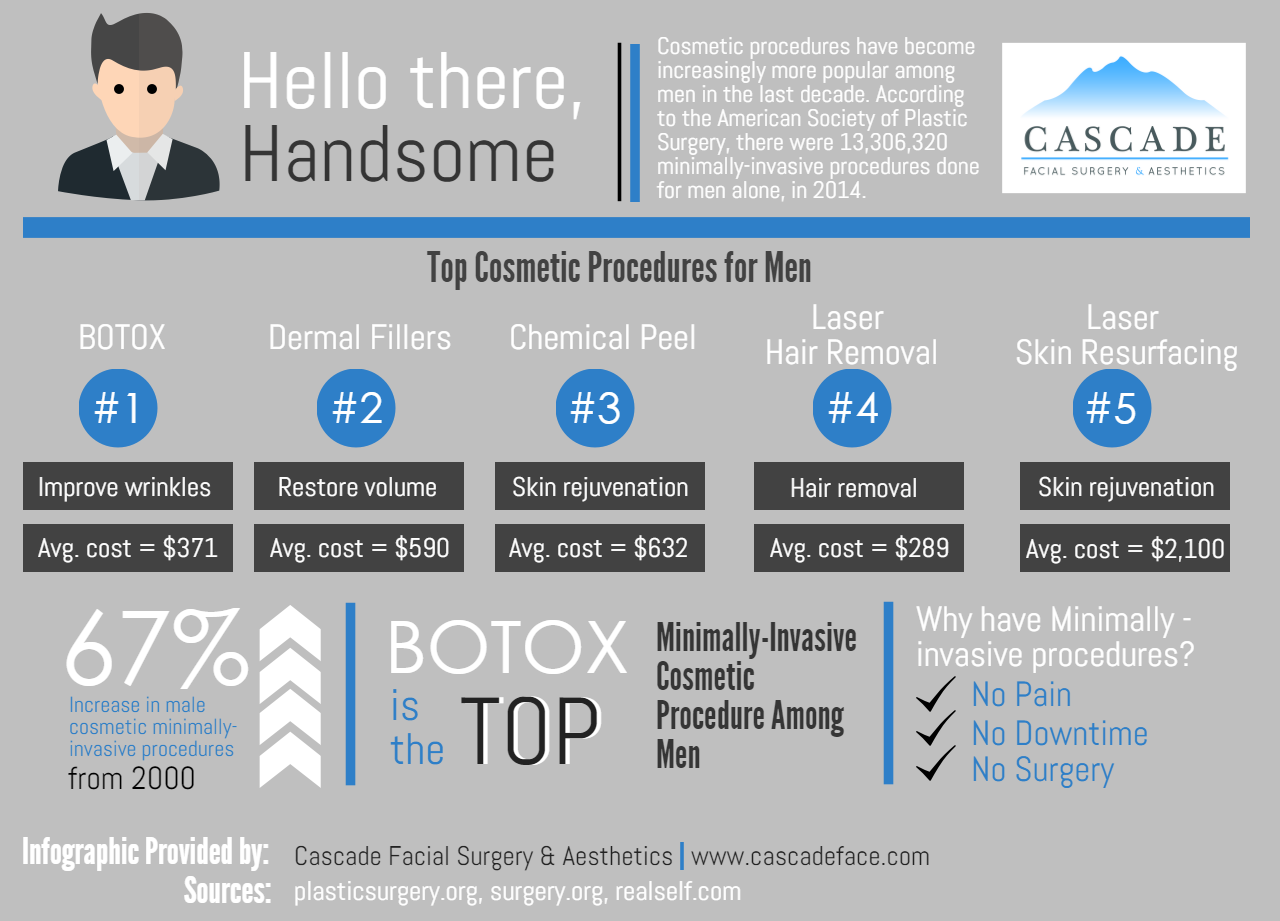How To Treat Back Acne Bacne
How To Treat Back Acne Bacne
Blog Article
Exactly How Does Photodynamic Therapy (PDT) Job?
Photodynamic treatment (PDT) combines a light-sensitive medication with unique light to eliminate cancerous and precancerous cells. Your medical professional places the drug on your skin or inside your eye and then beams a light on the therapy area.
This mix kills malignant cells and spares healthy tissue. Yale Medicine pulmonologist George Eapen, M.D., discusses how this works.
The Photosensitizer
Photodynamic treatment (PDT) utilizes a combination of light and a medication called a photosensitizer to eliminate malignant or precancerous cells and spare healthy cells. You obtain a shot of the photosensitizer, which is after that triggered by light in your body. The photosensitizer is taken in by both healthy and balanced and malignant cells but isn't harmful until it is activated by the light.
Light-absorbing particles, called photosensitizers, are located in plants and animals, including human beings. There are lots of photosensitizers, but most are able to absorb a specific series of light wavelengths.
When the photosensitizer is subjected to a light with a matching spectral array, it's converted from its ground state into a fired up singlet state. This enables it to move energy to molecular oxygen, generating singlet oxygen and complimentary radicals that mediate cellular poisoning.
The Light
Throughout treatment, an unique light is shined on the location where the photosensitizer was used. This light triggers the drug and ruins cancer cells or precancerous cells that it has targeted.
The medications that are made use of in photodynamic therapy have various absorption buildings and some of them may take hours to leave normal cells however continue to be longer in cancer or precancer cells. This process enables the physician to target cancer cells extra exactly than other kinds of treatments that utilize visible light, such as lasers or electrocautery [54]
Photodynamic treatment can deal with the earliest spots of sunlight damages called actinic keratosis and can decrease skin cancer advancement in people at high danger for creating the problem. It is also an option for some individuals with damp type age-related macular degeneration, which is a typical root cause of loss of central vision in older grownups. It can not bring back the loss of vision triggered by this condition, yet it can slow down the development of abnormal blood vessel development that causes damp AMD.
The Activation
Photodynamic therapy (PDT) utilizes a medication and light to treat cancer cells and various other skin conditions. It targets precancerous cells and eliminates them. Unlike other cancer cells treatments that shed and ruin, this treatment eliminates precancerous cells while sparing healthy and balanced cells.
The photosensitizer is provided right into the skin through topical, oral or intravenous management. It is absorbed by the growth cells and turned on when revealed to light of a certain wavelength. This sets off a sequence of photochemical reactions that generates responsive oxygen types (ROS) that damages growth tissue and kill cancer cells.
PDT is most often made use of to deal with actinic keratoses and in situ squamous cell cancer (Bowen illness). It can also be made use of to treat various other kinds of skin cancer, including superficial basal cell cancer. It can be utilized alone or with various other therapies, such as surgery or radiation. It can even diminish growths in the lungs, permitting surgery or other therapy to be secure and reliable.
The Therapy
PDT works ideal in small irregular locations of tissue that a light can get to, such as the skin, eyes, mouth or food pipe (gullet) and lungs. It is additionally made use of to treat precancerous growths, such as actinic keratoses, which are sun-damaged cells that can develop into cancer cells.
Physicians provide the photosensitizer as a lotion or shot, and after that beam a light on the treatment location. The light destroys the irregular cells. While healthy cells take in the photosensitizer, it stays much longer in cancerous cells.
After the procedure, your body normally throws away the dead cells. Patients with lung cancer cells might experience coughing up blood or have a bronchoscopy to skin lab remove the lungs of the dead cells. In some cases, your physicians might make use of a bronchoscopy to get rid of the photosensitizer from the lungs as well if it triggers significant symptoms. It is essential to remain inside and utilize sunscreen when you go outside while the photosensitizer is in your system.